Search
Remove Ads
Advertisement
Summary 
Loading AI-generated summary based on World History Encyclopedia articles ...
Search Results
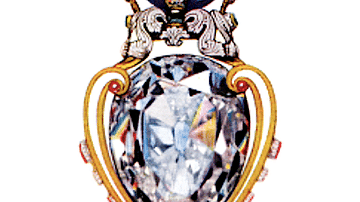
Definition
Cullinan Diamond
The Cullinan Diamond was discovered in Transvaal, South Africa in 1905 and presented as a birthday gift to Edward VII of England (r. 1901-1910) by the Transvaal Government. It weighed well over 3,000 carats, making it the largest gem-quality...
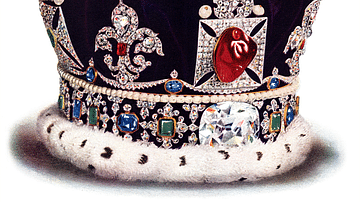
Definition
British Crown Jewels
The Crown Jewels of the monarchy of the United Kingdom of Great Britain and Northern Ireland are today kept in the Tower of London and date mostly to the 17th century, with a few later sparkling additions such as the Koh-i-Noor and Cullinan...
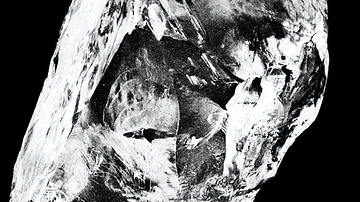
Image
Rough Cullinan Diamond
A 1908 photograph of the rough Cullinan diamond which was discovered in Transvaal, South Africa in 1905. The diamond weighed 3,106 carats. Nine large stones and 96 smaller ones were cut from the diamond. Cullinan I is now set in the Sovereign...
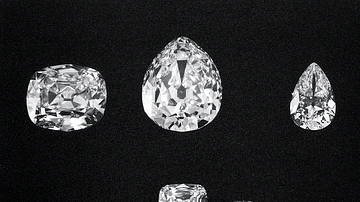
Image
Cullinan Diamonds I-IX
A 1908 photograph of the nine largest stones cut from the Cullinan diamond which was discovered in Transvaal, South Africa in 1905. The stones are each named Cullinan I to IX after the owner of the mine in which it was found. Cullinan I is...
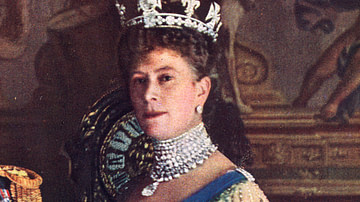
Image
Queen Mary Wearing the Cullinan Diamonds
Queen Mary (l. 1876-1953), consort of George V of England (r. 1910-1936), wearing four of the famed Cullinan diamonds. She is wearing Cullinan I and Cullinan II on her sash and Cullinan III and Cullinan IV from her necklace. Detail of a photo...
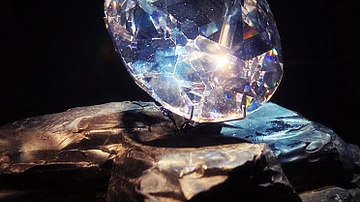
Definition
Koh-i-Noor
The Koh-i-Noor diamond (also Koh-i-Nur or Kūh-e Nūr) is one of the largest and most famous cut diamonds in the world. It was most likely found in southern India between 1100 and 1300. The name of the stone is Persian meaning ‘Mountain of...
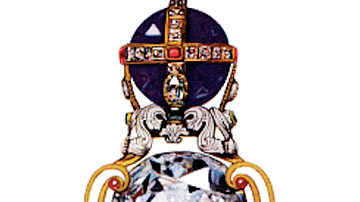
Image
British Sovereign's Sceptre with Cullinan I Diamond
The Sovereign's Sceptre with Cross of the British Crown Jewels. The sceptre was made in 1661 CE and the large stone is the Cullinan I diamond, added in 1911 CE. The diamond weighs 530 carats and is also known as the Star of Africa. The British...

Image
Cullinan I Diamond
The Cullinan I diamond, added to the Sovereign Sceptre of the British Crown Jewels in 1911. The diamond weighs 530 carats and is also known as the Star of Africa. The British Crown Jewels are kept in the Tower of London. (Detail from an image...
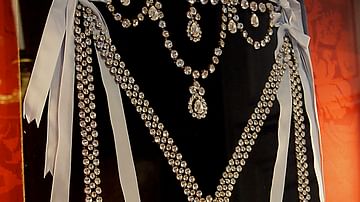
Article
Affair of the Diamond Necklace
The affair of the diamond necklace (1784-86) was a scandal that centered around Queen Marie Antoinette of France (l. 1755-1793). Although the queen was innocent of any involvement in a plot to steal a luxurious diamond necklace, the scandal...

Image
Koh-i-Noor Diamond (Replica)
An exact replica of the Koh-i-Noor, a 105.6 carat, oval-cut brilliant diamond. Mined in India, the stone is now part of the British Crown Jewels and kept in the Tower of London. (Chhatrapati Shivaji Maharaj Vastu Sangrahalaya, aka Prince...